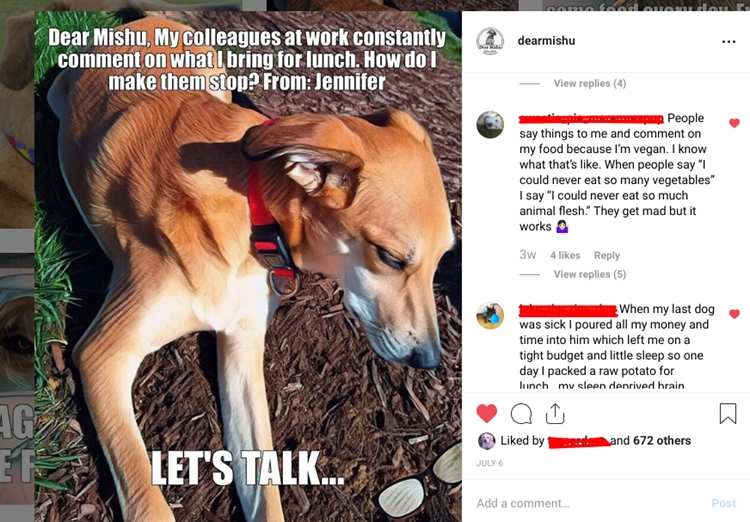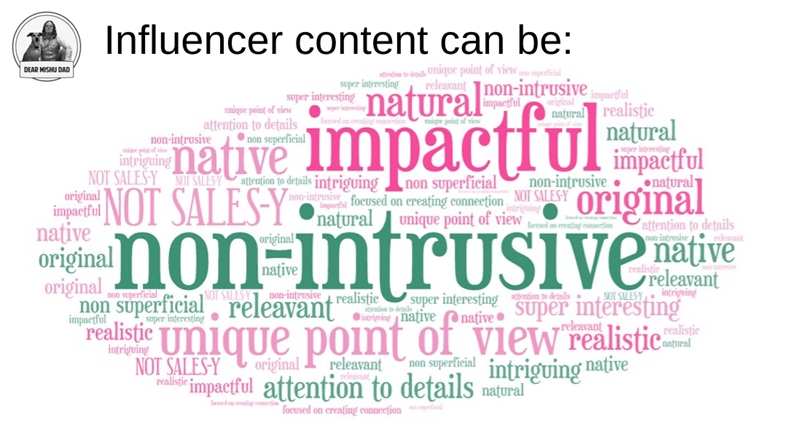Most CMOs and CEOs admit by now that social media presence helps drive everything—PR, brand or company image, even sales.
They just don't know how to do "it" fast.
That's because social media and community-building are not something that can be done quickly. It requires you to be strategic, to start early, and to equip yourself with patience—so your efforts won't come across as artificial.
Still, there are some shortcuts. Guerilla marketing techniques, for example, can work. Figuring out an emotional story that people want to share is another.
The other method that works well is partnering with someone who is already active on, say, Instagram (or any other platform you want to win) and who already has a strong, solid relationship of trust with your target audience: a social media influencer.
Working with influencers is like sending a Trojan Horse into your potential customers' subconscious in the form of a new dialog and a new emotional connection to your brand. You can also think of it as seeding a bias in favor of your brand or products; it will pay dividends in the future.
In short, what you are looking for are partners who can bring you that "unfair advantage." And the best partners for that are social media influencers.
We know that the serious (not fake) social media influencers can create that "unfair advantage" for you because they are trusted and their audiences come to listen to them daily. They come for a variety of reasons—some adorable, some annoying, some funny, some serious, and so on; that "why" is unique to each community, and it doesn't necessarily have anything to do with authenticity.
The big question for marketers, though, is not why or even how influencers create value for brands. The million-dollar question is what that value is or, more specifically, how we measure it.
What I hear from every executive who cares about results (versus those who just want to "check" social media engagement off a marketing to-do list) is the same thing: measuring social media influencer success is a major problem. They don't get satisfying results from current tools, and they don't want to surrender to using vanity metrics that are false indicators of actual community engagement, such as "number of followers," which we know does not represent influence.
Instead—and this is the good news—there are practical, hands-on KPIs that can help measure your investment in social media influencers. I've compiled a list of eight of them.
And so, in no particular order...
1. Tagging

Tagging is probably the most overlooked metric for measuring influencer performance. I haven't been able to find a tool that will measure tagging for you, but I'm sure there a few will be released once this article is published ??. Here's how tagging usually works:
- The influencer writes a post that triggers their followers' emotions (curiosity, love, hate, pity, fear, puzzlement, shock, disgust, admiration, despair, LOL, and what not.)
- Their followers find the post really interesting, and so they tag their friends in the post's comment area so their friends are notified and come see the post.
- The follower friends come and visit and read and interact with the content. (The friends often become new followers of that influencer.) They then might tag their friends.
Tagging is a great indicator of influence and influencer ability to engage, to get your message across, and achieve virality. And it can (with some difficulty) be measured.
2. Comments

Comments can be a good KPI. Look at the influencer's post promoting your brand (ignore any spam/fake comments):
Do you see a good amount of quality comments (maybe even intriguing ones?) and some discussion on the post? Quantify that.
Look at the comments on your own posts a couple days later. If you are writing attractive posts that give people to something to talk about, you may see an incremental increase in comments as you add new, engaged followers as a result of the influencer's post.
3. Sharing and Resharing

Track this: How many times was the influencer's post was shared or re-shared on social? On Google? You should be able to track this using sentiment tools.
And here is something else to track: How many times did you—the brand—share the content/artwork created by the influencer you hired on your social accounts, website, TV ads, storefront, catalog, conference displays, etc. If you're sharing their content, that indicates you've gotten (and you're getting) value out of it. Measure the ROI from that!
4. Bookmarking

You may not have noticed, but Instagram, Twitter and others are improving the bookmarking features of their apps, with the result that users are bookmarking posts that they are really interested in.
 Clicking on post "Insights" on Instagram will give you a report of exactly how many people bookmarked and sent the post to someone else.
Clicking on post "Insights" on Instagram will give you a report of exactly how many people bookmarked and sent the post to someone else.
How many times was the influencer's post bookmarked? If more bookmarking is your goal, can you direct the influencer to create the kind of post that people will want to refer back to? You can then measure the bookmarking.
5. Clicks
Clicks are easy to understand. How many people clicked on the post? That number is important, because people today are often scared to click on anything—for privacy reasons and to avoid click bait and phishing scams. So, if people do click on the content that the influencer you hired promoted, that's a big deal!
6. Follower Increase (or Your New 'Mailing List')
Social media follower lists are the new mailing lists.
We know that just adding followers who are uninterested in your content means very little... but if your new followers come to you via an influencer, as a result of content the influencer wrote about what you do, that has value.
And it's something you can measure: How many of your influencer's followers have become your followers?
7. Advocates and Defenders
Nothing is better for a brand's reputation than when one of its customers defends the brand in a Facebook group or other online forum.
The advantage of having community members who trust you is that when things are good, they will recommend your products everywhere. And when things are bad, they'll give you the benefit of the doubt and wait for you to get back on your feet again.
But when they really trust you, they'll go beyond just patience to advocate for you and defend you.
Working with influencers makes advocacy more likely: When influencers post about you and their followers start following you, they transfer some of the trust they have for the influencer to you.
Does working with a particular influencer build your army of loyal defenders? You may be able to measure that.
8. Awesome and Original Posts
Influence has a lot to do with content.

When you work with influencers, you can expect original, natural, native, nonintrusive (versus typical ads that are so intrusive!), impactful, deep, not-salesy, and intriguing content that comes from a unique point of view and is native to the platform it's shared on. Nothing less than that. (Whew!)
Depending on your brand, you may want to evaluate influencers by the content they create for you. (You can come up with your preferred set of KPIs just for measuring that content.)
* * *
So those are my recommended influencer KPIs: Tagging, comments, sharing, bookmarks, clicks, followers, advocates, and content.

Just keep in mind that there is no one-size-fits-all influencer: For example, there might be influencers who can influence and change behavior without creating the amazing content described above.
Decide on your goals and strategies, and then adopt the KPIs that make sense for your brand.
UPDATE. Here's an expanded version of influencer metrics to measure:





